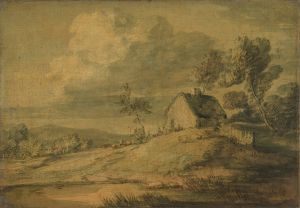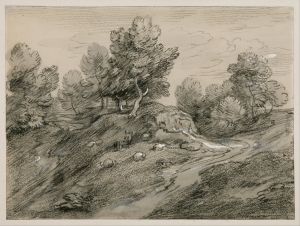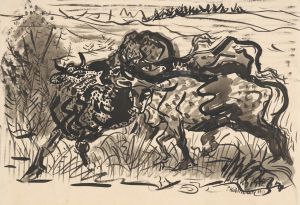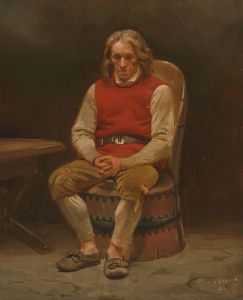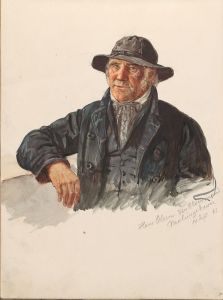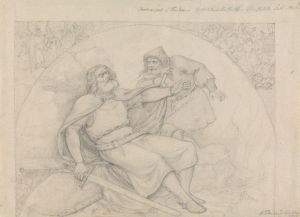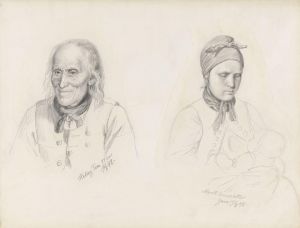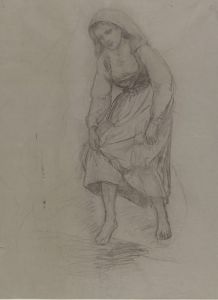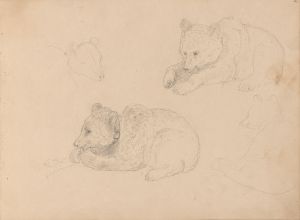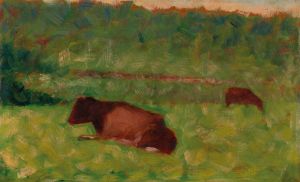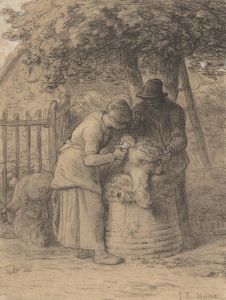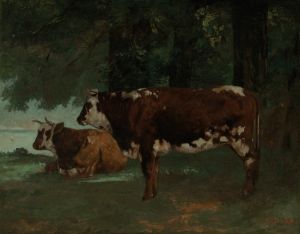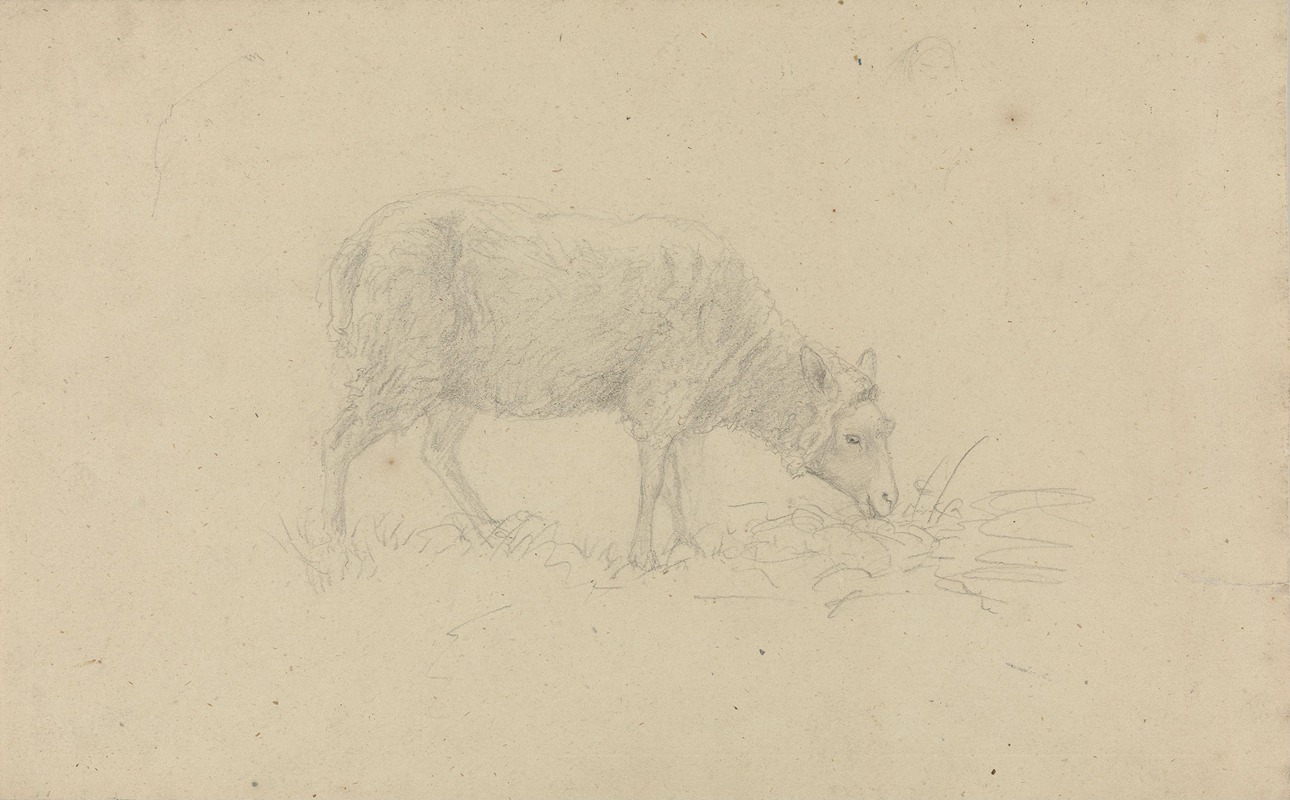
Sau på beite
A hand-painted replica of Adolph Tidemand’s masterpiece Sau på beite, meticulously crafted by professional artists to capture the true essence of the original. Each piece is created with museum-quality canvas and rare mineral pigments, carefully painted by experienced artists with delicate brushstrokes and rich, layered colors to perfectly recreate the texture of the original artwork. Unlike machine-printed reproductions, this hand-painted version brings the painting to life, infused with the artist’s emotions and skill in every stroke. Whether for personal collection or home decoration, it instantly elevates the artistic atmosphere of any space.
Adolph Tidemand was a prominent Norwegian painter in the 19th century, renowned for his depictions of Norwegian folk life and culture. One of his works, "Sau på beite" (translated to "Sheep Grazing"), exemplifies his dedication to capturing the essence of rural Norway. While there is limited specific information available about this particular painting, Tidemand's broader body of work provides context for understanding its significance.
Adolph Tidemand was born on August 14, 1814, in Mandal, Norway. He studied art in Copenhagen and later in Düsseldorf, Germany, which was a major center for art at the time. The Düsseldorf School of Painting, where Tidemand honed his skills, was known for its detailed and realistic portrayal of subjects, often with a focus on landscapes and genre scenes. Tidemand became one of the leading figures of this movement, and his works often reflect the influence of this artistic environment.
Throughout his career, Tidemand was deeply interested in the everyday lives of Norwegian people. His paintings frequently depicted scenes of rural life, traditional costumes, and local customs. This focus was part of a broader 19th-century trend in European art, where artists sought to capture the unique cultural identities of their homelands. In Norway, this movement was also tied to a growing sense of national identity, as the country was seeking to assert its cultural independence.
"Sau på beite" fits within this context as a representation of pastoral life in Norway. Although specific details about the painting's creation, such as its date or the exact location depicted, are not widely documented, it can be inferred that the painting aligns with Tidemand's interest in rural themes. The subject of sheep grazing is a common motif in pastoral art, symbolizing tranquility, simplicity, and a harmonious relationship with nature. In Norway, sheep farming has been a traditional occupation, and such scenes would resonate with the Norwegian public of Tidemand's time.
Tidemand's ability to capture the nuances of Norwegian life made his work popular both in Norway and abroad. His paintings were celebrated for their attention to detail and their ability to convey the spirit of the Norwegian people. Tidemand's works, including "Sau på beite," are often characterized by their warm color palette and meticulous attention to the textures and forms of the natural landscape.
While "Sau på beite" may not be as widely recognized as some of Tidemand's other works, such as "Bridal Procession on the Hardangerfjord" or "Haugianerne," it nonetheless contributes to the rich tapestry of his artistic legacy. Tidemand's paintings continue to be appreciated for their historical and cultural significance, offering insights into 19th-century Norwegian life and the broader Romantic movement in art.
In summary, "Sau på beite" by Adolph Tidemand is a testament to the artist's dedication to portraying the rural and cultural life of Norway. Although specific details about the painting are scarce, it remains an integral part of Tidemand's oeuvre, reflecting his skill and his commitment to capturing the essence of his homeland.





